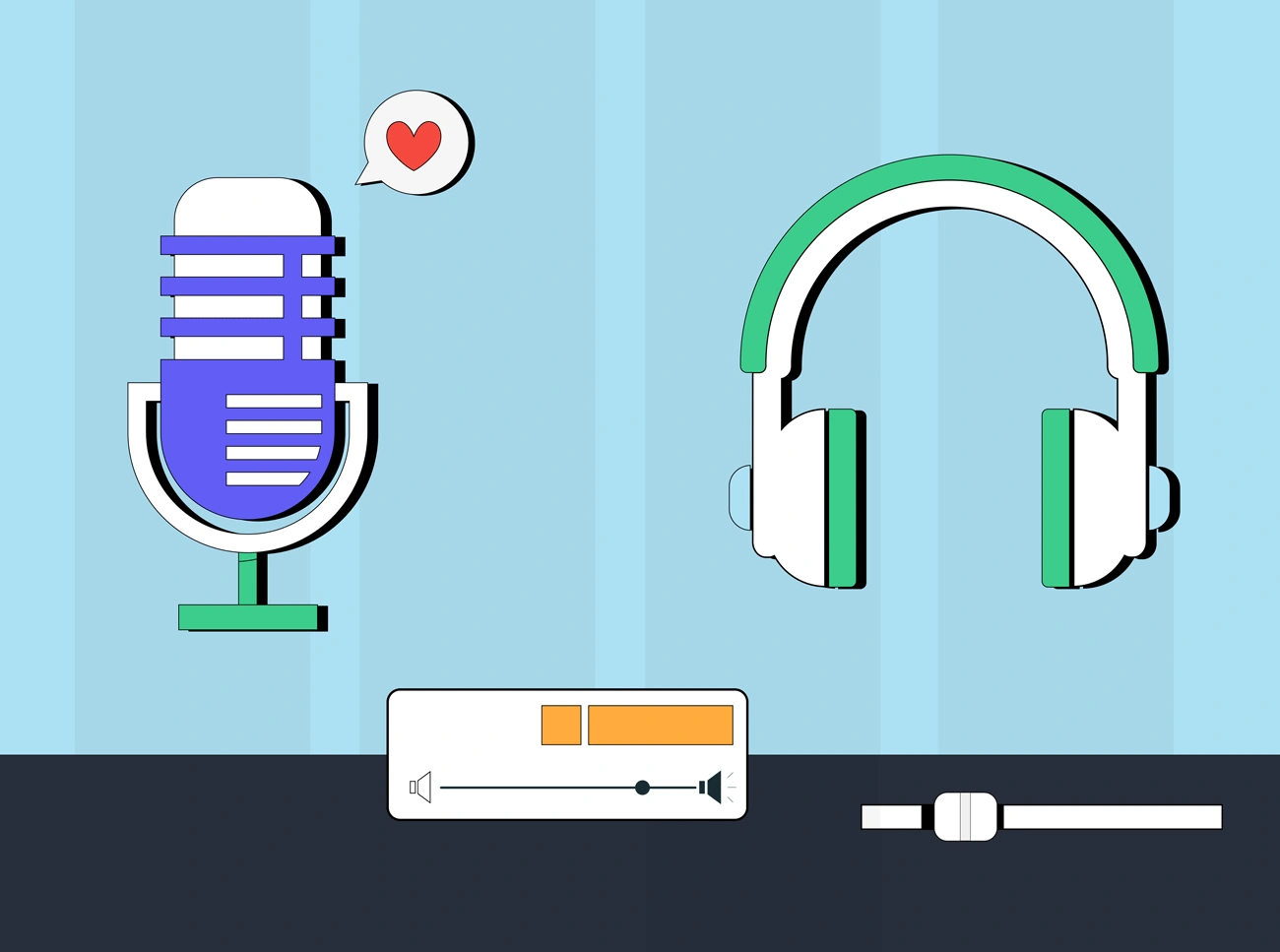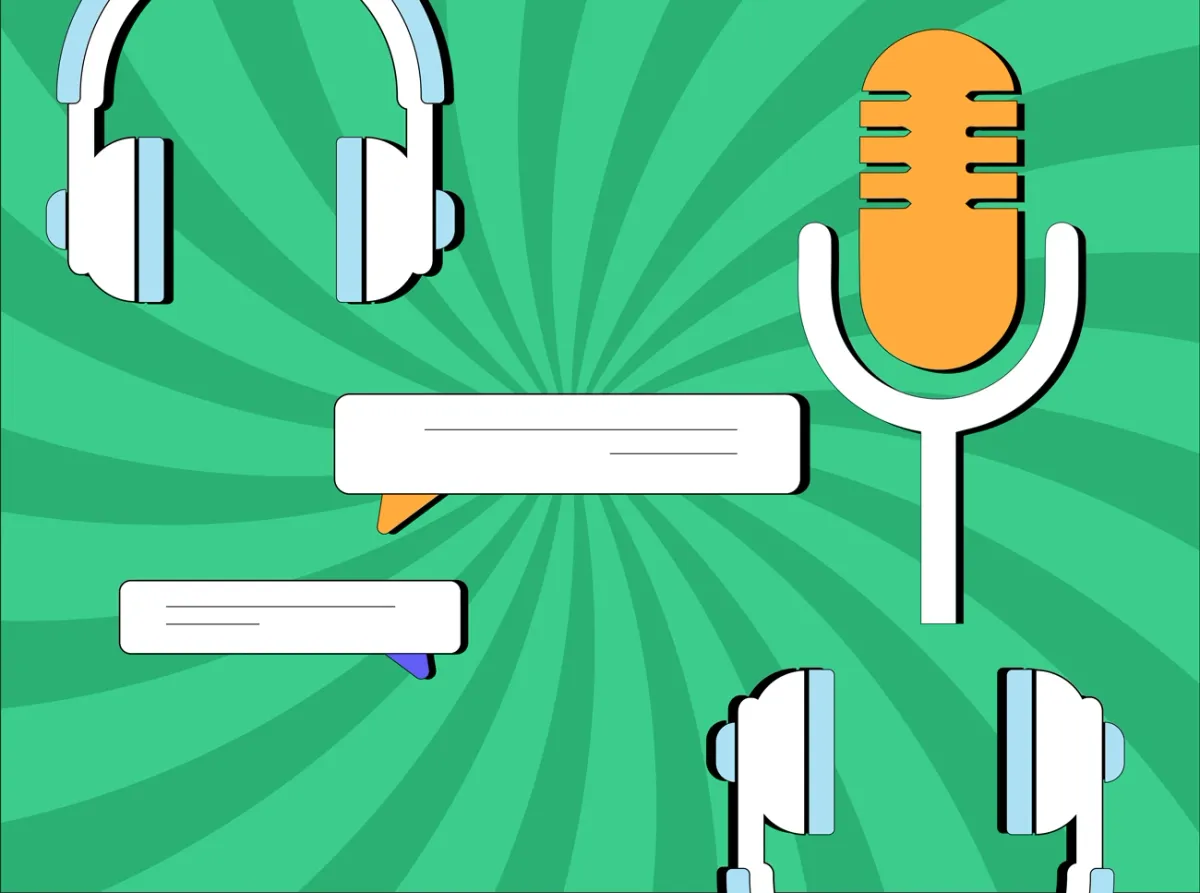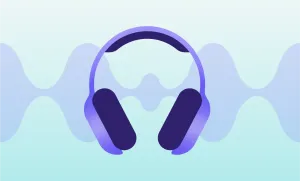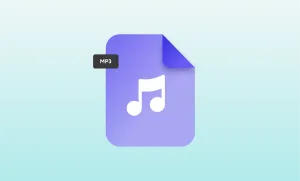All the media at its core has the exact same goal and the exact same challenge - connect with the audience. The same goes for audio blogging and podcasting. Thanks to streaming platforms, we are witnessing a renaissance of sound as a medium of communication.
Both the production and consumption of audio content have grown exponentially in recent years. And there is a common misconception that audio blogs are the same as podcasts. But actually, there are many differences between audio blogs and podcasts. If you are among those, we have covered the 3 main differences between audio blogging and podcasting in our article.
Firstly, let's define what is called audio blogging and podcasting.
Audio Blogging
An audio blog is a weblog that includes sound files, but compared to podcasts, these can be recordings, audio journals, etc. In an audio blog, there can be both text, sound, and even a video. Flexibility is a plus in the case of audio blogging, i.e., developing content by uploading sound files.
Podcasting
A podcast is a series of episodes - audio files that are likely stored with a podcast hosting company. About five years ago, people were listening to podcasts generally via smartphones, but as it has become more popular, nowadays it can be listened to on laptops, personal assistants, tablets, or other devices.
Most often, podcasts are private broadcasts with a specific topic that is similar to radio shows.
Now let's dive into the differences between audio blogging and podcasting.
1. The fundamental difference between audio blogging and podcasting is that the listeners have less freedom when choosing what they want to listen to in the case of the audio blogs. On the other hand, the author usually allows other users to add comments or other audio files in the same gallery to have their input on the content.

2. An audio blog may include a series of podcasts, while podcasting does not include audio blogging. An audio blog is a blog that includes sound files, but compared to podcasts, audio blogs can be recordings, a spoken journal, etc. Sound files can be recorded and uploaded to the blog. The advantage of the audio blog format is that it gives the visitor a close relationship with the content creator. Today, compared to podcasters, audio bloggers often use live broadcasts to interact with listeners, asking questions and commenting.
3. In the case of podcasting, the hosts don't have to worry that their audience is busy offline when they make their episodes. Followers can download or stream the file and replay it whenever convenient for them, even while working, jogging, or driving. New podcasts are automatically downloaded to your subscribers' devices as soon as they are available so that they can listen to them at their convenience.
Both audio blogs and podcasts are there to provide information on a subject, which is done to build a followers base. It's a bit difficult to say which one is better, as some will say that podcasting is better because of its simplicity and because a lot of people can run a podcast, whereas not all can run audio blogs. But some users might prefer to read. Others will say that audio blogs have advantages in terms of Search Engine Optimization (SEO), but nowadays, audio transcription technology allows search engines to identify sound files concerning searches.








